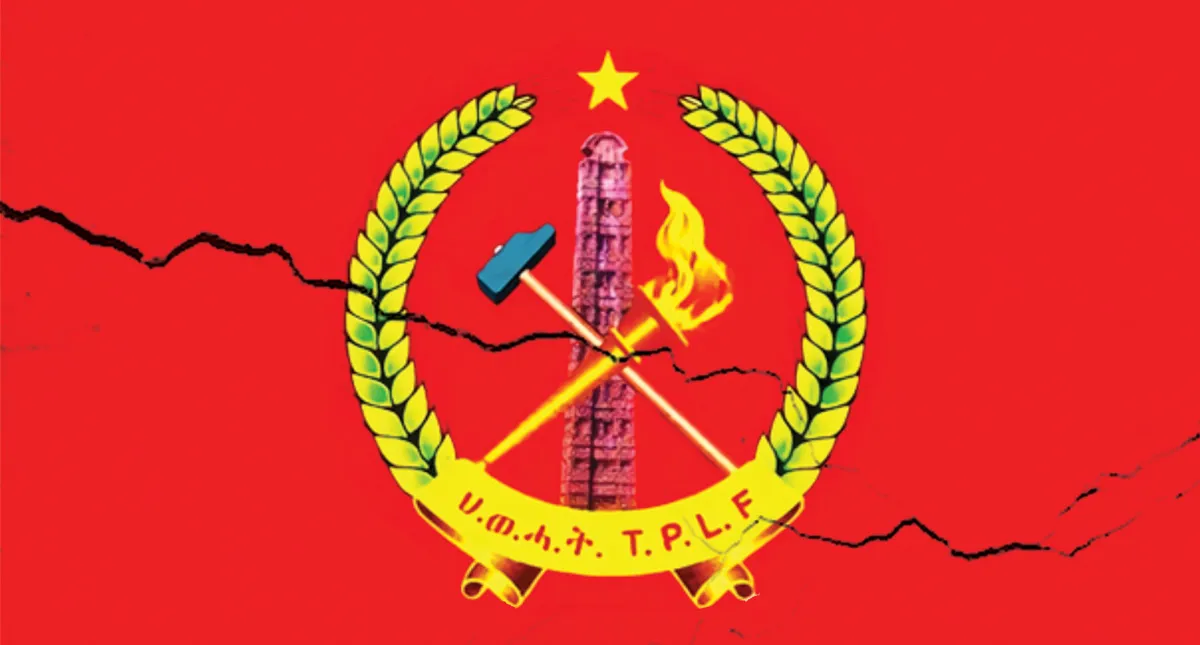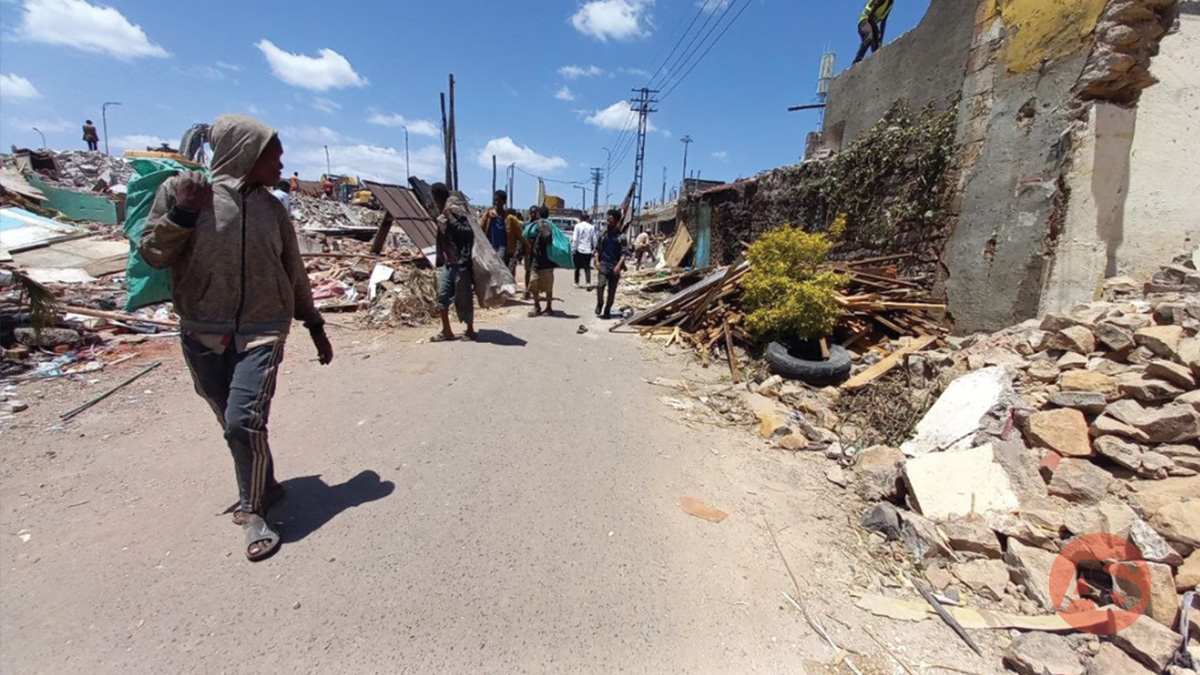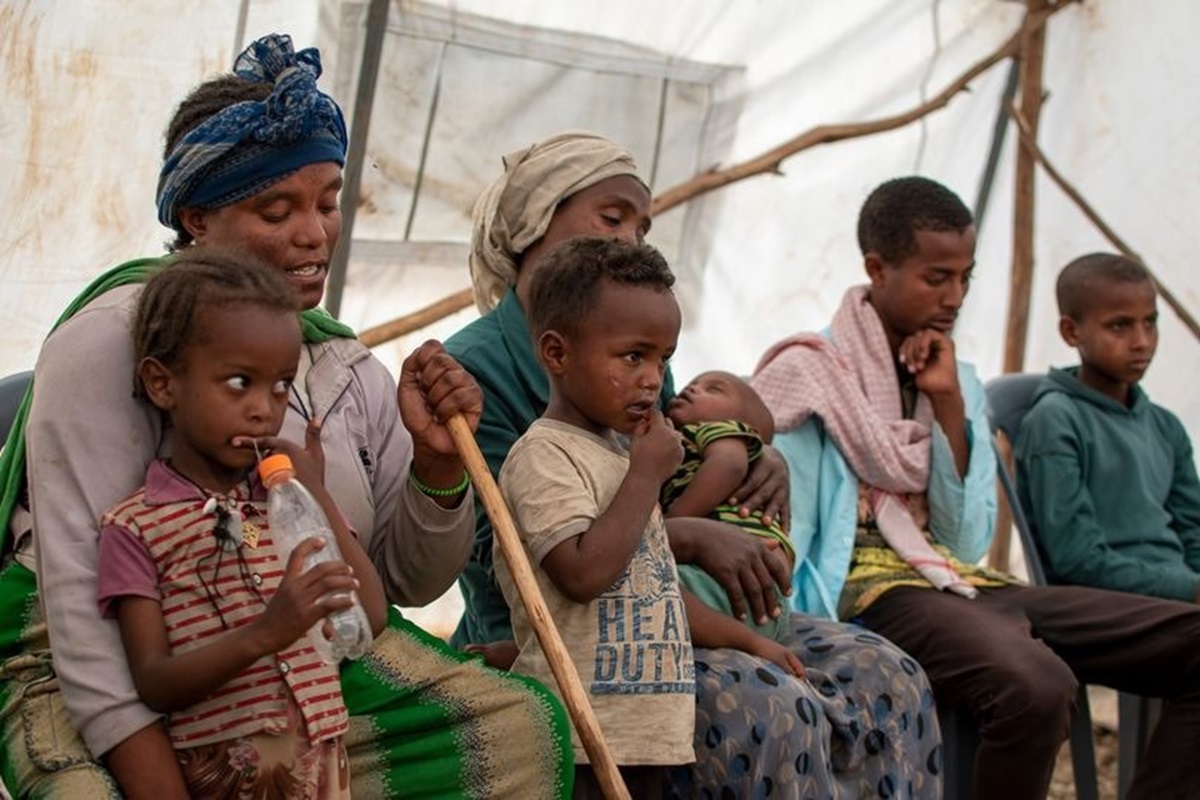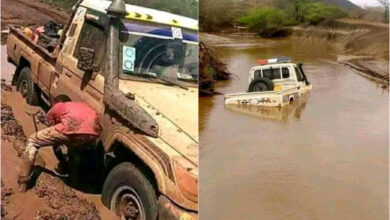Analysis: Residents severely hit by recurring drought in Dawa Zone, Somali Region seek immediate attention as reports of people dying of hunger emerge

By Medihane Ekubamichael @Medihane
Addis Abeba – The impact of the recurring drought in Dawa zone of Somali region has become unprecedented, leaving a staggering number of people severely affected, animals perished, rivers dried up and reports of people dying from hunger are starting to emerge.
Residents say pastoral communities in four districts of the zone namely Moyale, Hudet, Kededuma and Mubarak woredas, are in the middle of a dire danger that need immediate emergency response.
Ali Ibrahim, a resident at Moyale woreda, told Addis Standard, that the situation in Dawa Zone is more severe than ever and the condition has not been given due attention although the zone is hit harder than any other zones of the region.
Ali said the situation is now going beyond killing animals and has already started claiming the life of people especially children who suffer from malnutrition and older people are weakened to death, as reports now emerge from two districts..
According to Ali, he has recently received information about an elderly man who died from the impact of the drought. He sent Addis Standard picture [seen below] of the burial of deceased person at Alo Huluuqo village, assuring his death is from the wrath of the current drought.

“If camels that are drought resistant are dying of thirst, then one can imagine what kind of danger it is posing to people,” he said, adding that “People can’t even bring any drop of water from wherever they can find it, because their camels and donkeys are dying”.
Mohamod Somu, another elderly resident from Hudet district, desperately told Addis Standard that about 108, 228 people in the zone, whose livelihood relied on pastoralism, have lost their cattle to the drought, adding that around 219, 724 animals including camels and other cattle have died, while 744,920 animals of such are on the brink of perishing due to lack of food and water unless adequate emergency aid is provided.
Mohamod said that he along with other elders in the zone coordinate the youth to gather statistical data so that they can appeal and request the regional administration for aid, said has not noted counts of casualty yet.
“People are struggling to survive by gathering wood and making charcoal to sell in towns, or doing any labor works”
Mohamod Somu, Hudet district resident
He further added that no significant aid that corresponds to the magnitude of the need has arrived to the community except few of the rations of a couple of kilos given to the elderly over three to five months intervals and some that has been distributed through the formerly existing safety net program.
Mohamed said no response is coming from the region, except their acknowledgement of receipt of pleas from the society, adding that “people are struggling to survive by gathering wood and making charcoal to sell in towns, or doing any labor works.”
Mubarak district, which is aligned with the Ethio-Kenya border with the long stretched Dawa river flowing through, has been challenged with the drought. Jaylani Husain, disaster risk management coordinator at the district explained the situation to Addis Standard indicating that people are struggling to survive through the drought without being displaced yet as the people used to benefit from Dawa river.
However, “Dawa river, that used to water irrigated agricultural activities of farmers in the area is now completely dried out witnessing how brutal the drought has gotten in the woreda”.
According to Jaylani, about 80 percent of the cattle perished through the drought in the district where 99 percent of its residents are pastoralists. He said 448,799 livestock and camels, out of which more than 330,00 goats have already died due to the drought in the district to date.
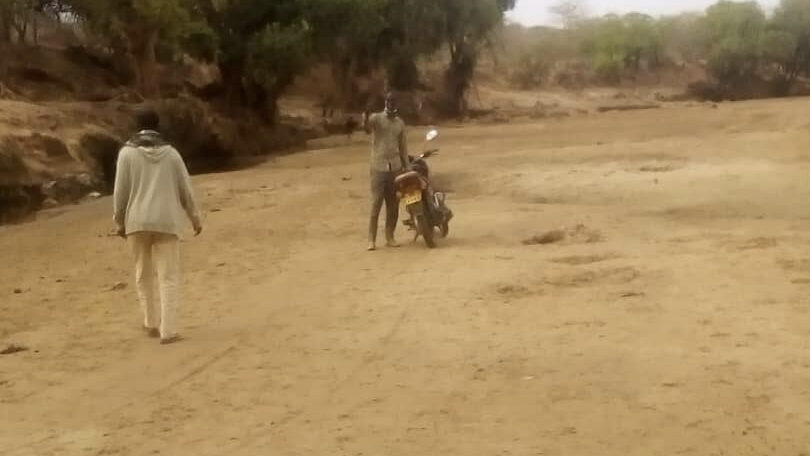
Jaylani fears that the problem has already crossed to threatening people’s life, mentioning that he has recently received information about the death of three people in connection to the drought, although he is to verify the information yet.
Abdireshid Ibrahim Aden, Dawa zone disaster risk management coordinator, on the other hand argues the drought in the zone has been years long issue and can be viewed as multilayered issues in terms of the impact of the drought on animals; the shortage of water; shortage of food and issues of displaced people as primary concerns.
“About 334,719 camels and other livestock have died over the past 6 months in the zone. Over 639,000 are on the brink of dying out due to shortage of food,” he said.
According to Abdireshid, the four districts have severe water shortage and thereby the region is making efforts to distribute water through rationing, although these are not adequate to the broadness of the alarming need. Whereas the malnutrition prevalence has already exceeded the WHO designated severity level.
The location of zone sharing international border adds to the vulnerability of cross border prevalence of cholera outbreak and other cattle related disease, soaring the challenges, according to him.
Abdireshid explained that 45 thousand households or about 270,000 people need immediate emergency response while around 32,000 households [one household is multiplied by six in Somali region] are displaced to different areas.
In a related alarming development in addition to the cholera prevalence, Abdireshid said, “We are looking at a looming closure of school ahead of us unless immediate emergency response arrives or divine mercy wet the land.”
He added that, for obvious reasons, the pursuit of basic need to sustain life shuffles down the priority level of going to school. With regard to the Dawa river which the zone got its name from, he said the river is highly reduced in Hudet and completely dried up in the Mubarak districts.
Further while exploring the drought situation Addis Standard also received pictures of weakened wild animals [Lesser kudu and Warthog seen below], which Ali identified them to be from the Geraille National Park located now in the Dawa zone. The park is one of the most precious natural gifts in the country, inhabiting various wildlife, and said to harbor the Black Rhinoceros, that has disappeared from usual occurrence for a long time now.

Chief Warden of the park, Melkamu Aychew confirmed to Addis Standard that the animal seen in the picture are from the park and due to the vastness of the park it is likely that animals go further beyond the park’s territory becoming out of sight of the scouts who patrol to check the condition of the wildlife through the existing drought.
Melkamu also added that although the animals in the park are resilient to dry seasons, water spots and vegetation in the park have dried up. He further said, they have already communicated a plea for water supply to be dumped in different areas of the park for the animals as well.
Bashir Arab, early warning coordinator at the regional Disaster and Risk Management Bureau acknowledges the severity of the existing drought in different zones of Somali region including the Dawa zone.
According to Bashir, water trucking is being undertaken mostly by the government and some NGOs, at 12 villages of the Moyale, 20 villages in Hudet, 10 kebeles in Kededuma, and 7 kebeles in Mubarak districts of the zone.
However, he said “the severity and broadness of the problem results in challenges of reaching all, adding that resource shortage and underdevelopment of road infrastructures in the region has also made reaching the community quite difficult.
“Although along with the government NGOs are also helping, it has been identified that the situation is beyond their capacity and thereby, it has been decided to deploy resources by the end of this week,” Bashir said.
Whereas, as to the information of people dying due to the drought, he said he has neither such information nor heard of such incidents. Recalling his experience in the past years, he put his speculation that people might relate other natural death incidents with drought in order to get more attention and response to their demands in connection to the drought.
Prolonged drought due to a below-average rainfall has been affecting Somali Region in different woredas but repeatedly hitting Dawa zone hardest causing humanitarian crisis.
Dawa zone borders and shares Moyale as an administrative center with the Borana zone of the Oromia regional state, another area severely affected by drought and is mostly inhabited by pastoral and agro-pastoral communities.
Recently, pastoralist communities in Afder zone, one of the three drought-stricken zones in Somali Regional State, also called out for immediate response as they claim to have been lingering between life and death without food and water after losing almost all of their livestock to the drought. They urged both the federal and the regional governments to lend them hands in providing them emergency aid. AS


